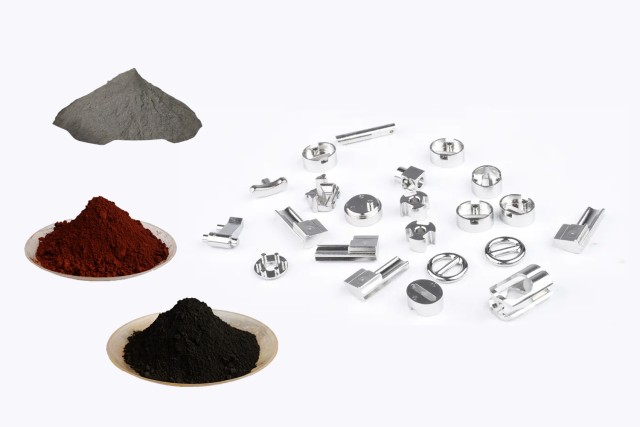Introduction to Isostatic Pressing
Isostatic pressing is a powder metallurgy process that uses pressure to compact a powder into a specific shape. The powder is placed into a flexible container, such as a rubber mold or a metal can, and then subjected to a uniform pressure from all directions. This process can be done at room temperature (cold isostatic pressing) or at elevated temperatures (hot isostatic pressing). Isostatic pressing is used in a wide range of industries, including aerospace, automotive, and medical. It offers numerous advantages over other powder metallurgy processes, including improved density, uniformity, and strength of the final product.
Table of Contents
Three Types of Isostatic Pressing
Isostatic pressing is a promising technology for the future of powder metallurgy. It involves applying equal pressure on all sides of a material to compress it uniformly and eliminate defects. There are three primary types of isostatic pressing: cold isostatic pressing, hot isostatic pressing, and warm isostatic pressing.
Cold Isostatic Pressing (CIP)
Cold isostatic pressing involves applying pressure at room temperature, which is suitable for materials that are sensitive to heat. In CIP, the powder is compacted and encapsulated using isostatic pressure by using pressure equally applied from all directions. This process confines the metal powder within a flexible membrane or hermetic container that acts as a pressure barrier between the powder and the pressurizing mediums, liquid or gas that surrounds it. CIP is used to consolidate ceramic or refractory powders loaded into elastomeric bags.
Hot Isostatic Pressing (HIP)
Hot isostatic pressing applies pressure and heat simultaneously, which can improve the material’s properties significantly. HIP can be used to fully consolidate parts at elevated temperatures by solid-state diffusion, and it can also be used to eliminate residual porosity from a sintered PM part. HIP involves both temperature and pressure applied simultaneously to obtain fully dense parts (to 100% theoretical density) and is used mainly for engineered ceramics requiring optimum properties for high-performance applications. HIP is used in the aerospace industry for manufacturing aerospace castings, jet aircraft engine components, and turbine blades.
Warm Isostatic Pressing (WIP)
Warm isostatic pressing is a combination of the two, applying a lower temperature and pressure than hot isostatic pressing, making it a more economical option than the other methods. WIP differs from CIP only in that shapes are pressed at warm temperature to about 100°C. WIP is used for ceramic or refractory parts and is a viable option when the geometry of the parts cannot be achieved by CIP alone.
In conclusion, isostatic pressing is becoming more prevalent in industries such as aerospace, automotive, and medical where high-quality components are required. With the advancements in technology, isostatic pressing is expected to become even more efficient and cost-effective, making it a viable option for the future of powder metallurgy.
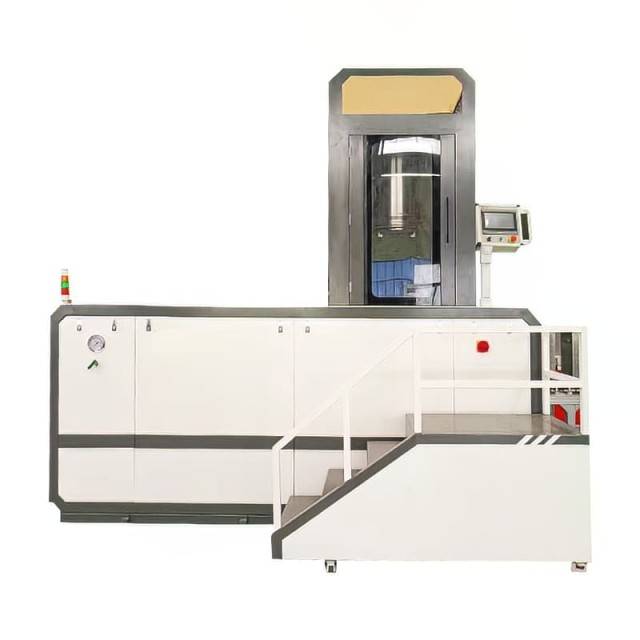
Advantages of Isostatic Pressing
Isostatic pressing is a promising technology that offers many advantages over traditional powder metallurgy methods. In this section, we will discuss some of the key advantages of isostatic pressing.
Uniform Strength and Density
One of the most significant advantages of isostatic pressing is that it results in a more uniform density and distribution of the powder, leading to increased strength and toughness in the final product. The pressure applied in all directions ensures that the resulting compacted piece has a uniform shrinkage during sintering or hot isostatic pressing, with little or no warpage. This uniformity ensures that the mechanical properties of the final product are isotropic, meaning they are uniform in all directions.
Shape Flexibility and Size
Isostatic pressing allows for the production of complex shapes and intricate designs that are difficult to achieve through traditional pressing methods. The process makes it practical to produce shapes and dimensions that are impossible to produce by other methods, making it ideal for producing large, complex-shaped parts. The range of component sizes that can be made is also wide, from massive 30-ton near-net PM shapes down to densifying less than 100-gram MIM parts.
No Internal Defects
Isostatic pressing can be used to produce parts that are free of internal defects such as voids, porosity, and cracks. The process enables diffusion bonding of similar and dissimilar materials, either in powder or solid form. This feature means that components can be designed and fabricated with a reduction, or complete elimination, in the number of welds and related inspections.
Cost-Effective
Isostatic pressing is a cost-effective method for producing high-quality parts in large quantities. For short production runs, the tooling cost is low in comparison to other manufacturing methods. The low tooling cost is because the process can be automated for high-volume production, such as in spark plug insulator manufacturing. The wet bag isopressing is used for low-volume production of specialty parts, for prototyping, and for research and development.
Enhanced Alloying Possibilities
Isostatic pressing enables the enhancement of alloying elements without inducing segregation in the material. This feature is essential in the preparation of high-end steel materials such as powder high-speed steel. The product is sintered and densified, and the final steel product is obtained by forging, extrusion, or rolling.
In conclusion, isostatic pressing is a valuable tool for producing high-quality parts for a variety of industries. Its versatility, precision, and cost-effectiveness make it a promising technology that offers many advantages over traditional powder metallurgy methods.
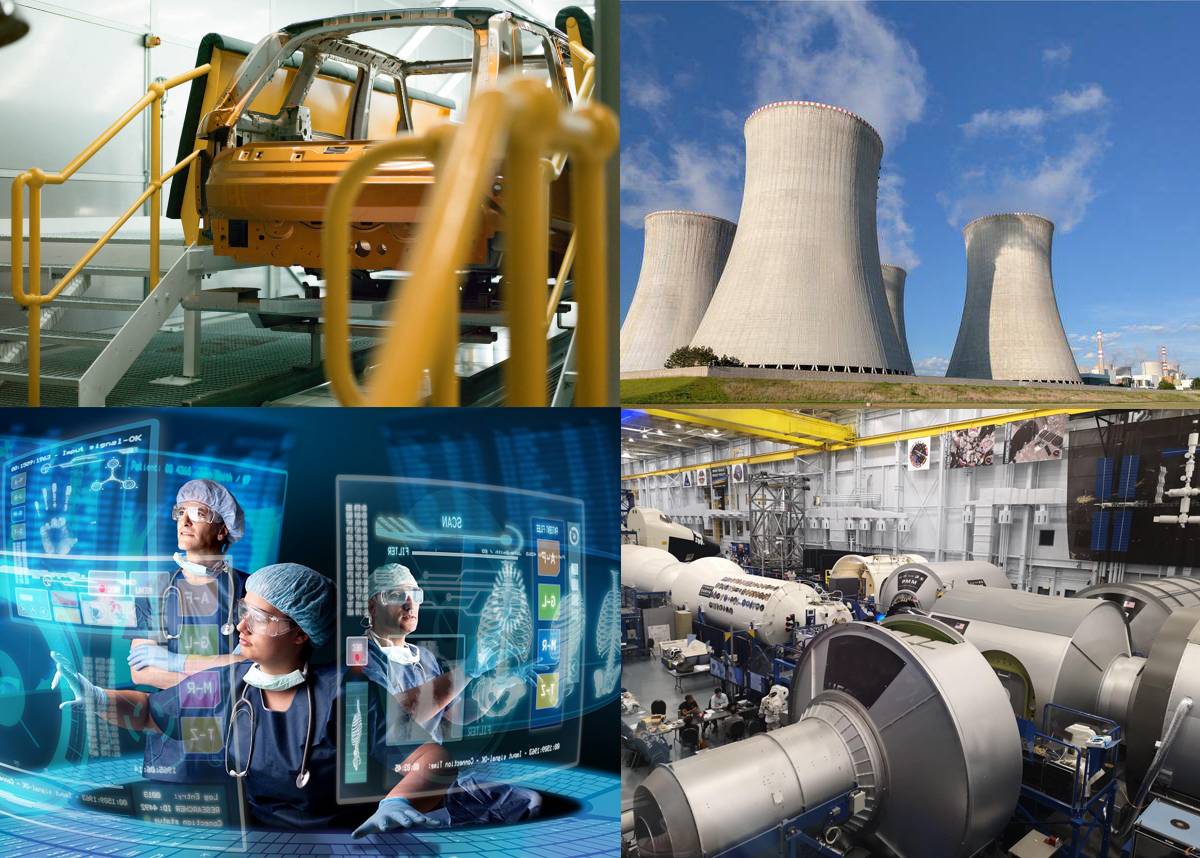
Applications of Isostatic Pressing
Isostatic pressing has become the future of powder metallurgy due to its ability to produce high-quality, consistent parts with uniform properties and enhanced density, strength, and durability. The process of isostatic pressing is highly versatile and finds applications in various industries.
Aerospace Industry
The aerospace industry uses isostatically pressed materials for manufacturing jet engine components, including turbine blades, compressor disks, and combustion chambers. The process enhances the properties of the materials used in the aerospace industry, providing high-quality and consistent parts that can withstand the harsh conditions of space.
Automotive Industry
The automotive industry uses isostatically pressed materials for brake rotors, gears, and bearings. Isostatic pressing enhances the properties of these materials, making them more durable and reliable.
Medical Industry
In the medical industry, isostatically pressed materials find applications in the manufacturing of orthopedic implants and dental prostheses. The process of isostatic pressing ensures that these parts are of high quality, consistent, and have enhanced strength and durability.
Nuclear Industry
Isostatic pressing has also found its way into the nuclear industry, where it is used for manufacturing fuel pellets for nuclear reactors. The process enhances the quality and properties of the fuel pellets, making them more reliable and efficient.
Additive Manufacturing
To improve the mechanical properties and workability of additive manufacturing materials, many manufacturers use isostatic pressing. The process applies pressure uniformly to a hermetically sealed container filled with compacted metal powder, creating components with equal compaction in all directions and a more uniform final component density.
In conclusion, isostatic pressing is a highly versatile process that finds applications in various industries, including aerospace, automotive, medical, nuclear, and additive manufacturing. The process has enabled the development of new materials and processes that were previously impossible to achieve, making it the future of powder metallurgy.
Hot Isostatic Densification Process
Hot Isostatic Densification Process (HIP) is an isostatic pressing technique that is used in powder metallurgy to produce high-quality parts with improved mechanical properties. HIP is carried out in a gaseous atmosphere, so the major requirement is that the outer surface of the treated parts be gas-tight to start with. The process involves subjecting a powder material to high temperature and pressure inside a sealed container filled with inert gas.
The Process
The process involves placing the powder material in a metal container and sealing it. The container is then placed in a pressure vessel where it is heated to a high temperature and pressurized with inert gas. The gas exerts equal pressure on all sides of the container, resulting in the consolidation of the powder into a dense solid. This technique eliminates the need for costly and time-consuming machining and can produce parts with a uniform and fine microstructure.
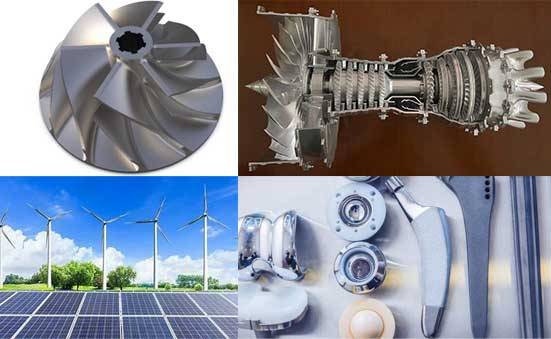
Advantages of the HIP Process
The HIP process offers several advantages over traditional methods of powder metallurgy. The uniform application of pressure ensures the shape is retained as the part and shell shrinks. Parts produced using the HIP process exhibit improved fatigue resistance, high toughness, and high ductility. HIP is being widely used in industries such as aerospace, medical, and automotive to manufacture parts such as turbine blades, orthopedic implants, and engine components. The process is expected to become even more efficient and cost-effective in the future, further solidifying its position as a preferred method for manufacturing high-quality powder metallurgy parts.
Hot Isostatic Pressing Equipment
Hot isostatic presses are available in different types and sizes for both laboratory and industrial applications. The equipment typically consists of a furnace, a pressure vessel, and a control system. The furnace is where the powder material is heated to a high temperature. The pressure vessel is where the container with the powder material is placed and pressurized with inert gas. The control system is used to regulate the temperature, pressure, and other variables during the process.
Conclusion
The HIP process is an important advancement in the field of powder metallurgy. It offers several advantages over traditional methods and is being widely used in different industries to manufacture high-quality parts. With ongoing research and development, the process is expected to become even more efficient and cost-effective in the future, further solidifying its position as a preferred method for manufacturing high-quality powder metallurgy parts.
Conclusion: The Future of Powder Metallurgy
Isostatic pressing has played a significant role in the development of powder metallurgy. Its ability to produce high-quality, near-net-shape parts has made it an attractive alternative to traditional manufacturing methods. As the demand for high-performance materials and complex geometries continues to grow, the future of powder metallurgy looks promising. Researchers are exploring new materials and processes that can be enhanced by isostatic pressing, such as additive manufacturing and nanostructured materials. With the development of more advanced isostatic pressing equipment and techniques, the possibilities for powder metallurgy are virtually endless.
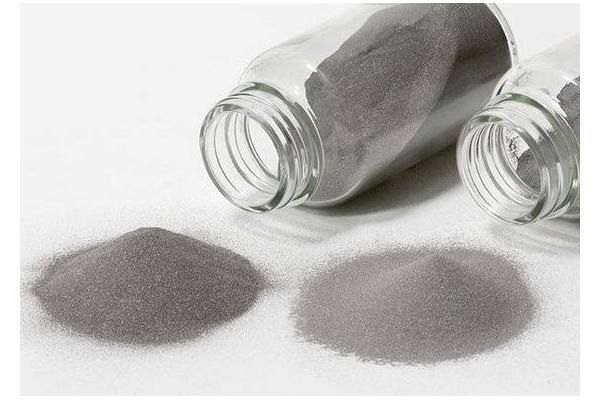
Related Products
- Cold Isostatic Pressing Machine CIP for Small Workpiece Production 400Mpa
- Electric Lab Cold Isostatic Press CIP Machine for Cold Isostatic Pressing
- Warm Isostatic Press WIP Workstation 300Mpa for High Pressure Applications
- Warm Isostatic Press for Solid State Battery Research
- Manual Cold Isostatic Pressing Machine CIP Pellet Press
Related Articles
- How Isostatic Presses Help Eliminate Defects in Materials
- Comprehensive Guide to Isostatic Pressing:Processes, and Features
- Understanding Isostatic Pressing: Process, Benefits, Limitations, and Applications
- Isostatic Pressing Technology: Principles, Classification, and Applications
- Understanding the Isostatic Pressing Process and its Types
